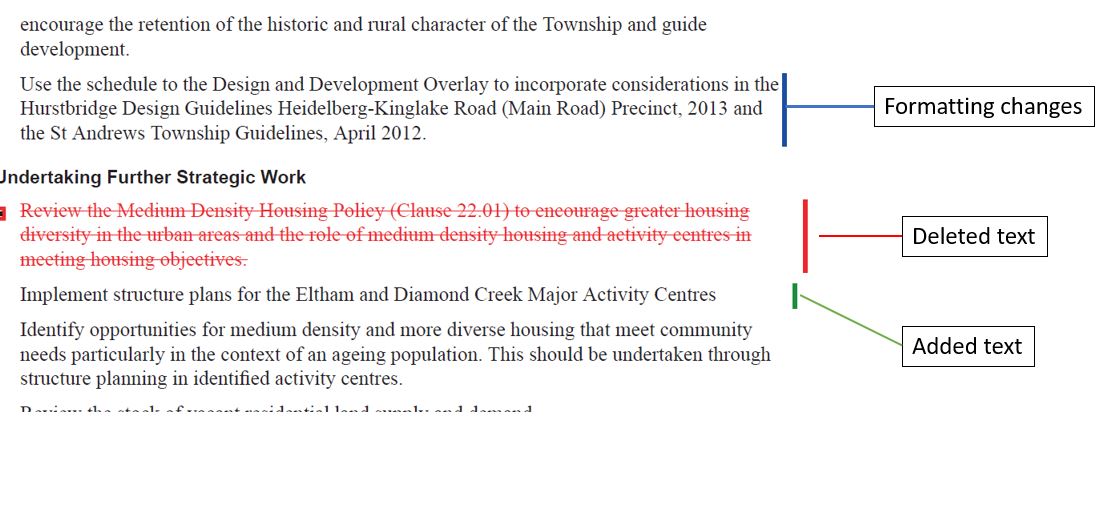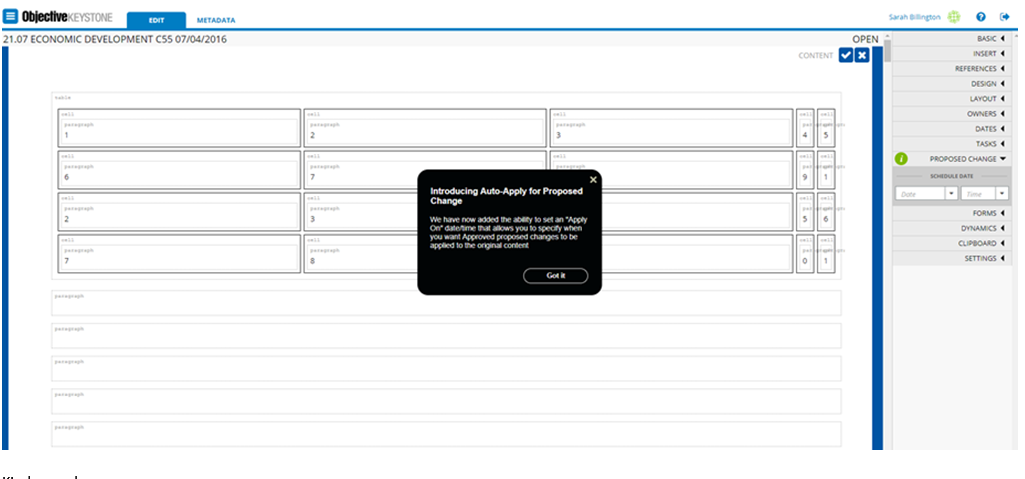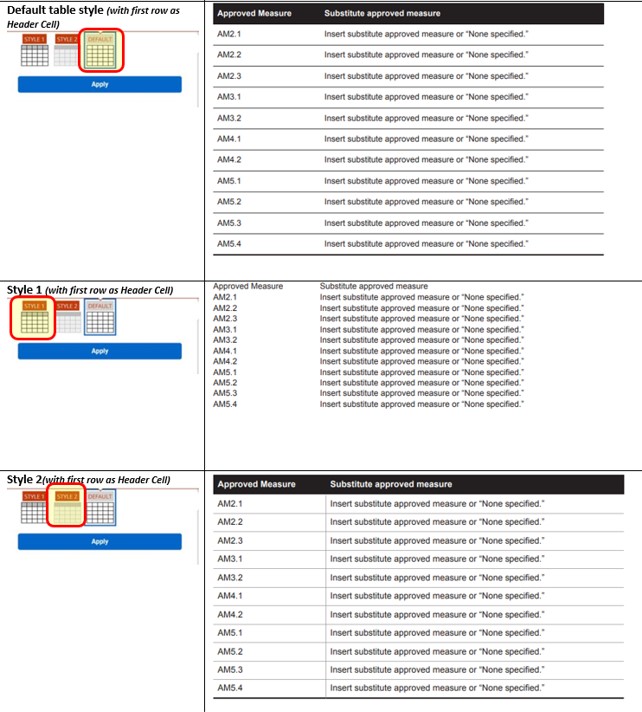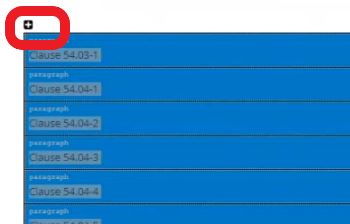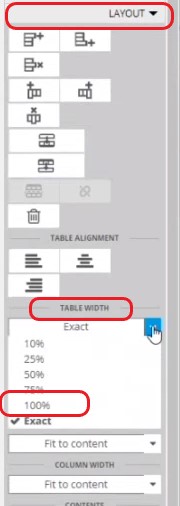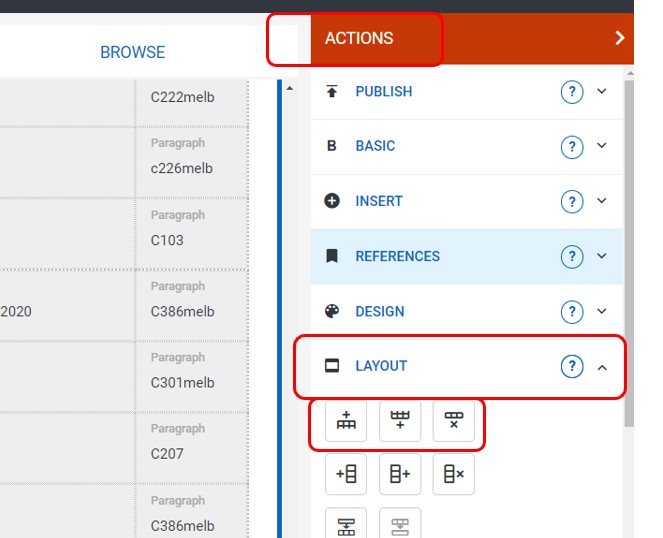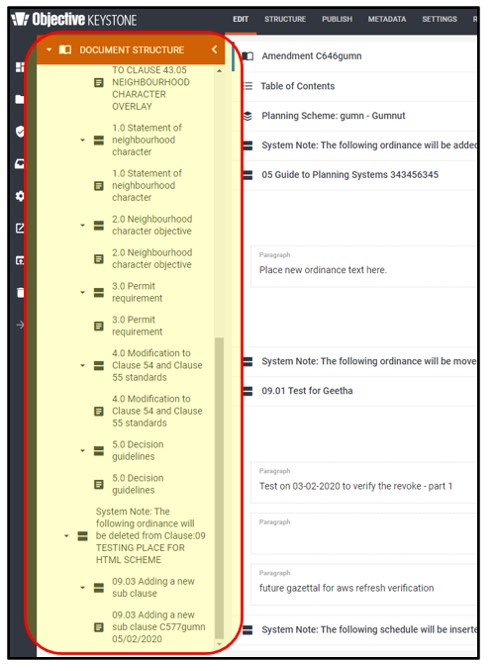ATS Tracking is used to create and track an amendment’s status. Once an amendment is created, a user can access the amendment details, forms for lodgement including exemption, extension or panel requests. The Ordinance changes tool is found when in the amendment details screen.
ATS Authoring is only used to author changes in the selected ordinance and will never need to be used where an amendment proposes to only change maps.
